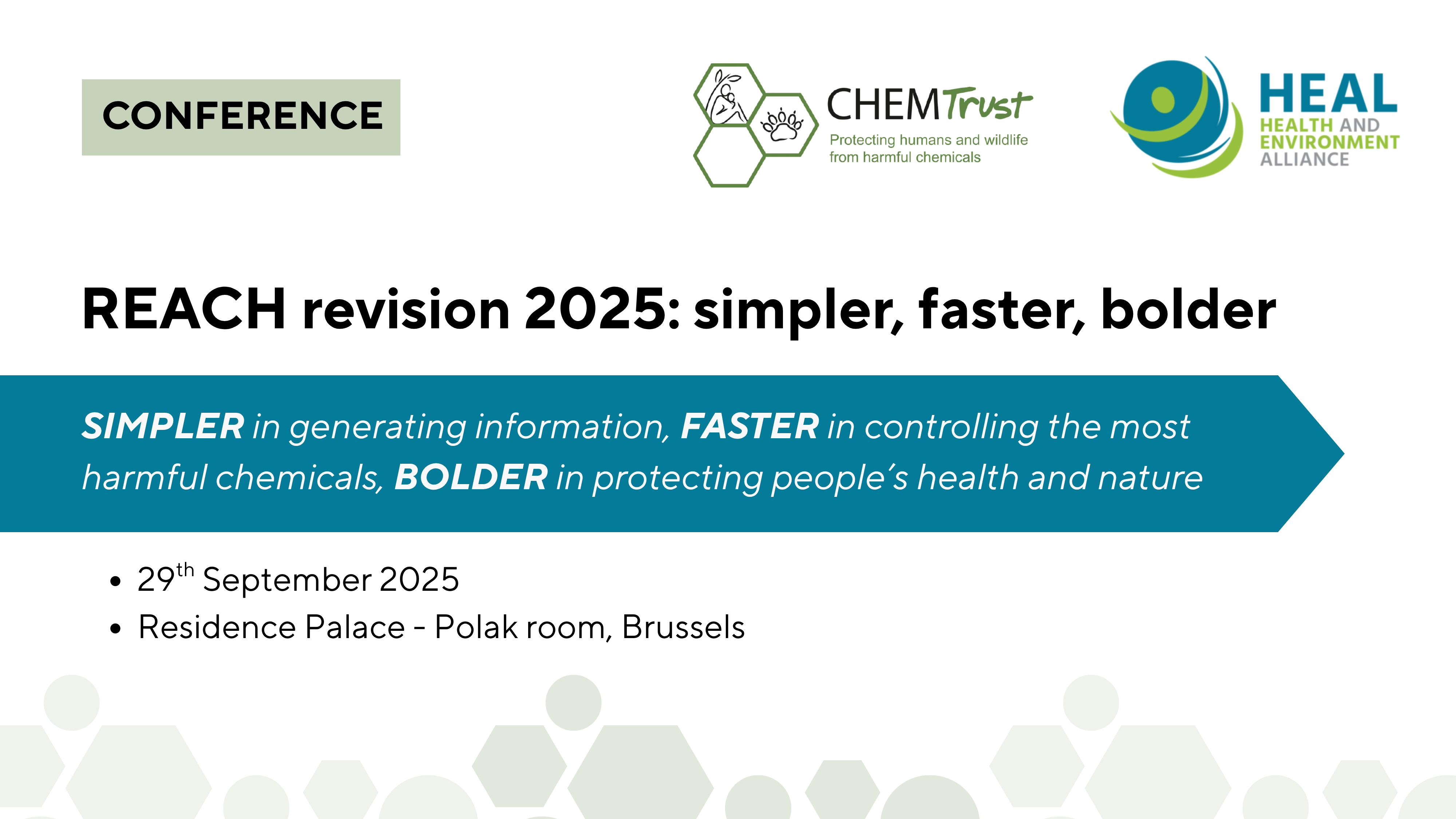The EU Healthy Air Coalition (EUHAC), a coalition of diverse constituencies of the health sector, urges the Commission President to ensure that the next EU budget will help the EU substantially advance towards clean air and the prevention of the major diseases caused by air pollution.
Today the General Court of the European Court of Justice ruled that the 2019 EU-wide ban of the organophosphate pesticide chlorpyrifos-methyl remains in force. This follows a legal case against the European Commission by Ascenza Agro and Industries Afrasa, manufacturers of the pesticide, which challenged the quality and the legality of the scientific assessment that led to the ban.
Natacha Cingotti, Health and Chemicals Programme Lead at HEAL, celebrates: “Today’s ruling upholding the ban of chlorpyrifos-methyl is a significant victory for the health of Europeans. Neurotoxicity and genotoxicity concerns are not abstract concepts; we are talking about irreversible effects across generations such as the impairment of healthy brain development and functioning – as well as the potential development of cancer.”
Two serious health concerns were central to the assessment that led to chlorpyrifos-methyl’s ban: its ability to affect brain development (developmental neurotoxicity) and its ability to cause DNA damage (genotoxicity) – both potentially leading to adverse effects across generations.
Major data gaps and flaws in the industry dossier put forward for re-approval of the pesticide meant that evaluators could not rule out the possibility of significant health impacts. Therefore, authorities had no other option than to fill data gaps about chlorpyrifos-methyl through a read-across approach – using data from a similar substance chlorpyrifos, which was also under reassessment at the time. At the end of a protracted process, the same concerns regarding neurotoxicity and genotoxicity remained for both substances, leading to their respective non-renewals in December 2019, which the manufacturers of the pesticides then decided to challenge in the European General Court.
HEAL appeared in court in September 2022, arguing that the decision against the renewal of EU market access for the chlorpyrifos-methyl was backed by sound scientific evidence and fully in line with applicable EU legal provisions. Both the French and Danish governments also intervened in the legal proceedings to support the ban.
Natacha Cingotti, Health and Chemicals Programme Lead at HEAL states: “Under the pesticides law, the onus is on industry to prove the safety of their substance. The court clarifies that when industry fails to provide quality data to do so, authorities are entitled to complement their assessment with the use of the read-across approach and draw regulatory conclusions on this basis. This is important case law to support speedier assessment of harmful compounds through a better use of existing data at the chemical group level in the future, and to ensure that the pesticides law delivers on its health and environment protection objectives without allowing regrettable substitution.”
This hallmark court ruling:
- Rejects all the pleas brought forward by industry plaintiffs;
- Confirms that the EFSA statement on the outcome of the human health assessment of chlorpyrifos-methyl was equivalent to a conclusion;
- Confirms that the precautionary principle may be applied during the risk assessment phase and that the authorities used it lawfully;
- Confirms that the authorities’ reliance on the read-across approaches to fill in data-gaps regarding neurotoxicity and genotoxicity was lawful, sufficiently reliable from a scientific standpoint; and that they contribute to reducing animal testing;
- Confirms that the authorities used the weight of evidence approach lawfully.
A more detailed analysis of the court ruling will be provided in the coming weeks.
For more information, and comments contact: Nea Pakarinen, Senior Communications and Media Officer, nea@env-health.org


